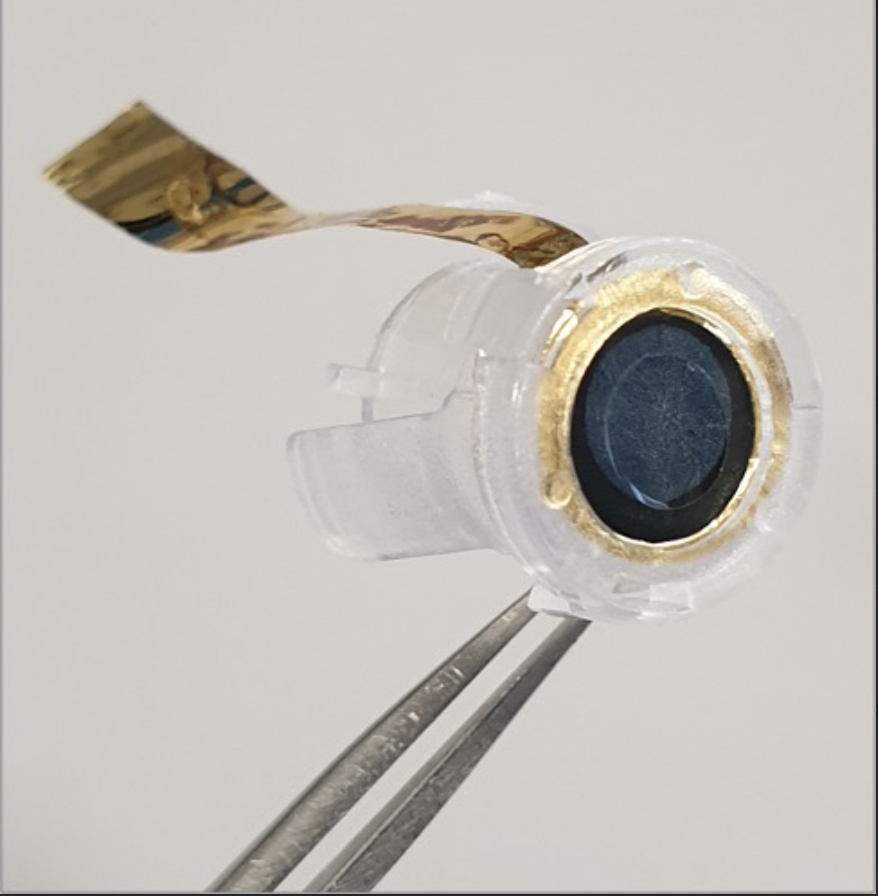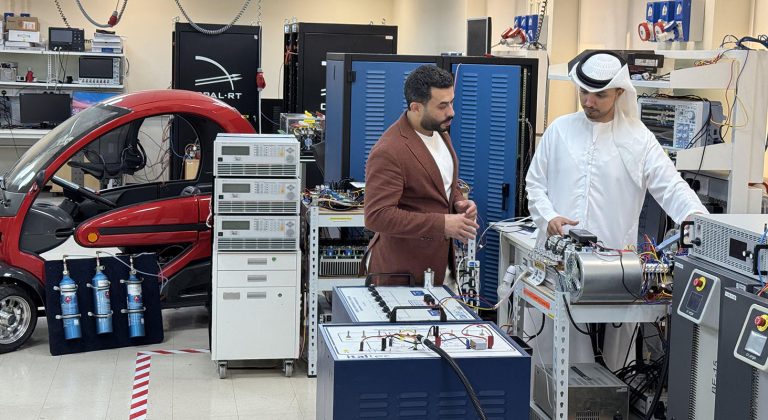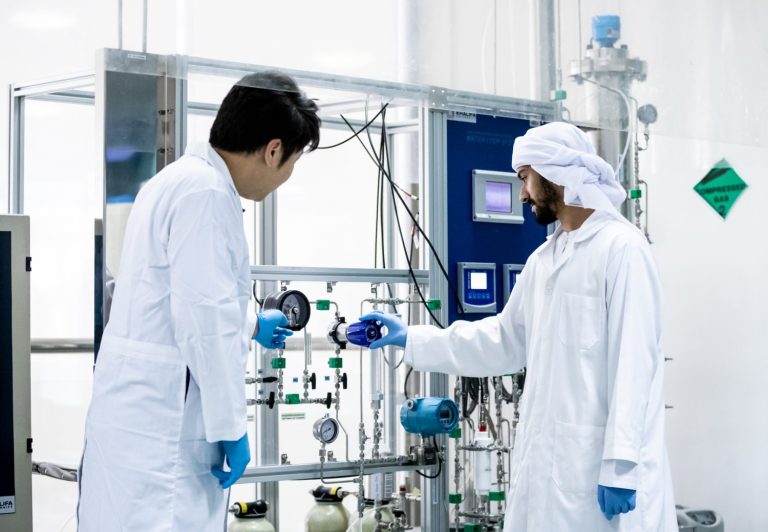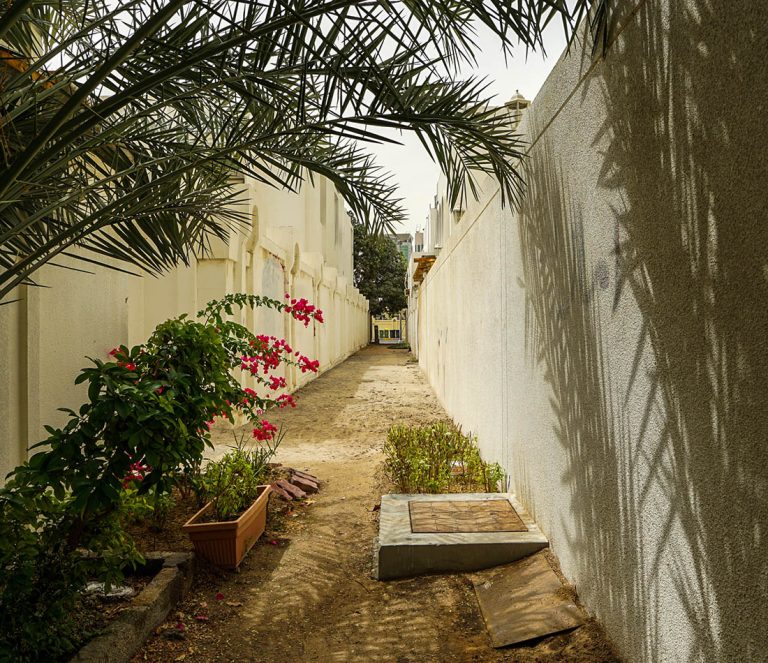E-transmembrane platform could improve search for drugs
A new 3D cell culture approach has the potential to become a universal tool for the next generation of high-throughput drug screening assays.
Three-dimensional cell cultures are increasingly used for drug screening and toxicology studies. They consist of complex self-organizing multicellular structures that reach and interact with their surroundings in all directions. Such 3D cell organizations can simulate how the cells would grow and behave in the human body and allows scientists to more accurately model and study human tissues and diseases in vitro.
A new 3D cell culture platform has been developed by researchers at Khalifa University of Science and Technology in Abu Dhabi, and the University of Cambridge. This technology has the “potential to become a universal tool toward drug screening bioassays, both for research laboratories and pharmaceutical companies,” says Charalampos Pitsalidis from the Department of Physics at Khalifa University.
Published in Science Advances, the new platform is called e-transmembrane and is based on an electroconductive polymer scaffold made of PEDOT:PSS, a commonly used electronic material. The e-transmembrane not only provides a 3D support matrix for cultured cells, but also allows for the non-invasive monitoring of tissue growth and function through an integrated electronic device. Its chemical composition, microstructure and morphology can be tailored to host a wide variety of cell types, allowing for the modelling of different human tissues.
“Given its compatibility with well plate formats, as well as its 3D biomimicking capabilities, our technology could serve as a high throughput/high content screening platform, making it suitable for drug testing assays,” says Pitsalidis.
There is a significant need for reliable systems that offer more efficient and cost-effective ways to screen anti-cancer drugs and others before they advance to preclinical tests with animal models. Traditionally, such in-vitro studies have relied on two-dimensional monolayers of cells, but questions have been raised over their reliability and ability to accurately represent in-vivo scenarios.
To examine the usefulness of the new e-transmembrane platform, the scientists cultured human tissue-specific cells and combinations of cells, with the aim to model the human intestinal epithelium and the vascular endothelium. The resulting 3D cell culture models were then analysed and their cell growth and function tracked.
“In contrast with other in vitro biochips, e-transmembrane offers a simple approach to generate and simultaneously measure 3D cell cultures as a more accurate mimic of human physiology,” Pitsalidis says.
The team plans to further the work by concentrating on expanding the repertoire of tissues modeled on the e-transmembrane to lung, blood-brain barrier, esophagus and vaginal epithelia for a host of drug-discovery and disease-modeling applications.




